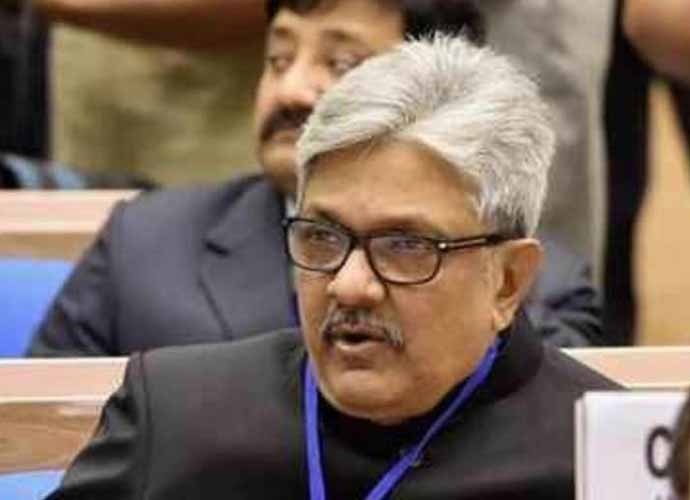Why justice KM Joseph's appointment became the point of conflict between judiciary and the government

Justice KM Joseph was the third judge to be sworn in at the Supreme Court on August 7 after justice Indira Banerjee and justice Vineet Saran. Chief Justice of India Dipak Misra administered the oath according to the order prescribed by the government in the presidential warrant of appointment.
The appointment of justice KM Joseph has been the tipping point of conflict between the judiciary and the government. Recommended more than six months ago along with Justice Indu Malhotra, the Centre refused to clear the name of Justice KM Joseph citing seniority and regional representation but gave clearance to the name of Justice India Malhotra. The collegium took months to send back his name to the government which many argue should have been done much earlier.

Earlier the collegium after meeting for the second time, ever since the government sent the name back, had agreed 'in principle' to recommend the name again but the collegium relented on the government demand for sending more names. This time the order of administering oath as the last judge to KM Joseph sparked controversy as his name was recommended much earlier. The government argued they went by the seniority from the date of elevation to the High Court.
What lies beneath this controversy is a clash of top democratic institutions, each asserting its authority over the other. While the constitutional scheme prescribed a role for each of them, legislature, executive and judiciary also keep each other in check.
What's forgotten in this apparent conflict of pre-eminence is that the Supreme Court judgment in the National Judicial Appointment Commission case mandated a 'Memorandum of Procedure' (MoP).
The MoP was supposed to envisage a clear procedure of appointment on who will have the last say in matters of appointment. The CJIs over the last three years have had their ways of negotiating with the government.
While Justice TS Thakur took a confrontational approach, Justice JS Khehar tried to start back channel talks by disposing of the PILs being heard in the open court.
Yet there has been no breakthrough.
In the days ahead, we are set to witness multiple retirements and appointments at the Supreme Court. The relationship between the judiciary and executive is by nature an adversarial one to a certain extent. Hence in the absence of a MoP, the tussle over appointments is likely to continue as the issue requires institutional overhaul.

